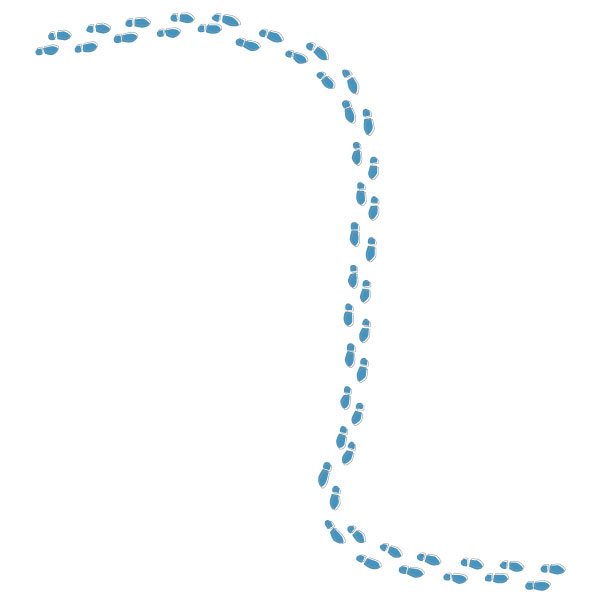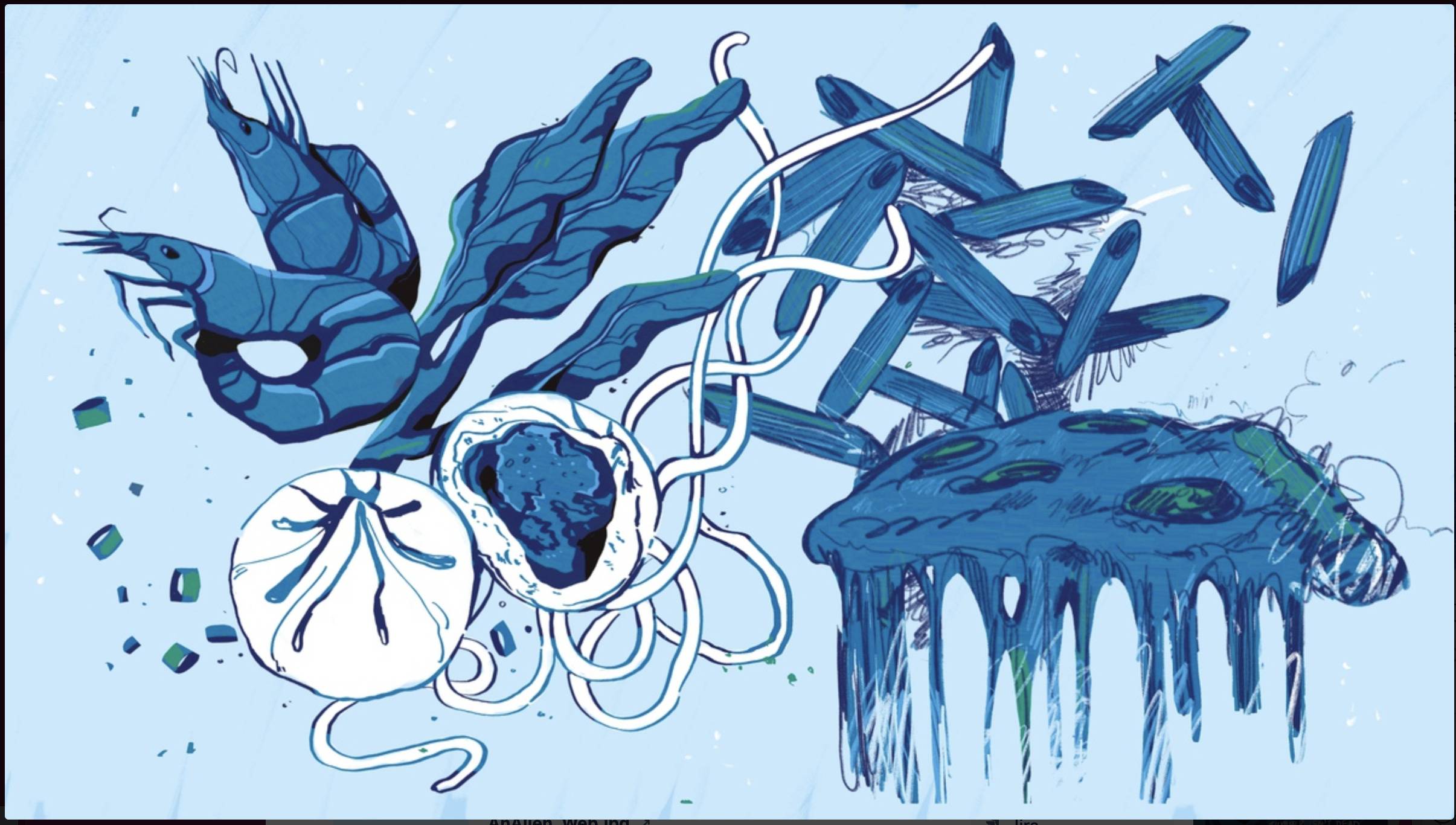Steps Toward Unleashing Your Humanity
Engaging one’s humanity is an essential skill for an artist, and walking is one of the most easily accessible techniques for doing so. Last spring, SAIC offered four classes taught around the idea of walking: two in writing, one in art history and one in sculpture. Each was intended to remind students of the creative potential within such a fundamental activity.
In many places, walking is no longer necessary for the survival of the body and commerce. Economic growth or failure is evaluated by speed of production and information transfer. Walking to deliver or retrieve a message or object has been superseded by more efficient technologies. Faster and faster transportation devices, like planes and the Internet, carry both physical and intellectual materials to distant locations and communities, disjointing traditional ideas of time and space.
What elements of walking cannot be replaced by modern transportation? What about these contribute so much to our humanity? And how does this translate from prehistory into art practice?
Lori Waxman, who taught the art history class “Walk that Way,” based her course on her Ph.D. thesis: “A Few Steps Toward a Revolution of Everyday Life: Walking with the Surrealists, the Situationist International and Fluxus.” For her, “walking has become relevant as an artistic practice over the past 100 years because it has become less and less a part of daily life. Today most people drive most places; for the previous millennia of human existence, we have walked. So it’s only very, very recently that walking has receded from daily life, and this massive change has freed it up to become an aesthetic and/or critical gesture.”
Walter Benjamin’s concept of the flâneur relates directly to the development of the arcade and is based on Baudelaire’s passionate, strolling observations of city life and depictions of its inhabitants through physiognomies. The city as a shopping mall meant that crowds of consumers were ripe to be gazed upon by the eyes of hungry idlers, doing nothing but establishing a “dwelling in the throng, in the ebb and flow, the bustle, the fleeting and the infinite,” as recorded in Baudelaire’s “The Painter of Modern Life.” The state of attention that walks bring about is the primordial material that returns us to somewhere basic, no matter where we are.
Peter O’Leary taught the advanced writing workshop, “Walking a Poetics.” He was inspired by one of the maxims of the Scottish poet Thomas A. Clarke: “Walking is the human way of getting about.” For O’Leary, there are two kinds of walks. There are walks that are circumscribed by time, often on preplanned routes, which facilitate browsing through the mind’s thoughts. This kind of walk can be accompanied and is good for mulling over problems alone or gaining emotional depth and truth in conversation. The other kind of walk O’Leary conducts is a foraging walk:
“In the springtime you can forage for morels. Go into the forest preserves on the western edge of town, and you start wandering and you’re looking and looking and looking. And sometimes you see nothing for a long time and then finally you might see one or two, but what you’re hoping for, what you’re really looking for, is that moment. Because when you’ve really filtered everything out and you’re foraging, your mind is like a shuttle on a loom; it’s weaving back and forth across the ground for any sort of sight patterns and then you see it. You see the little conic head; you see the pitted mushroom. Ah there it is. And what happens at that point for me, you have to just quiet down. You have to settle your lines of sight down completely because there are more around. Because you saw this one, but if you stop and just turn around maybe, quiet yourself, and all of a sudden, you’ll see a dozen. And then you look along another line of sight and you’ll see a dozen more. And then you’ll see that they are everywhere. And then you have to really settle down because your mind is already expanding — like how am I going to get all of these mushrooms? And you have to just be a little bit more meticulous and start picking the ones that are good. Some of them are old, some of them are young. You want to leave those. That moment you’re totally focused.”
Walking serves as a kind of behavioral outreach for what is happening inwardly. For Peter, poetry, like walking, involves foraging, but for words rather than mushrooms.




















